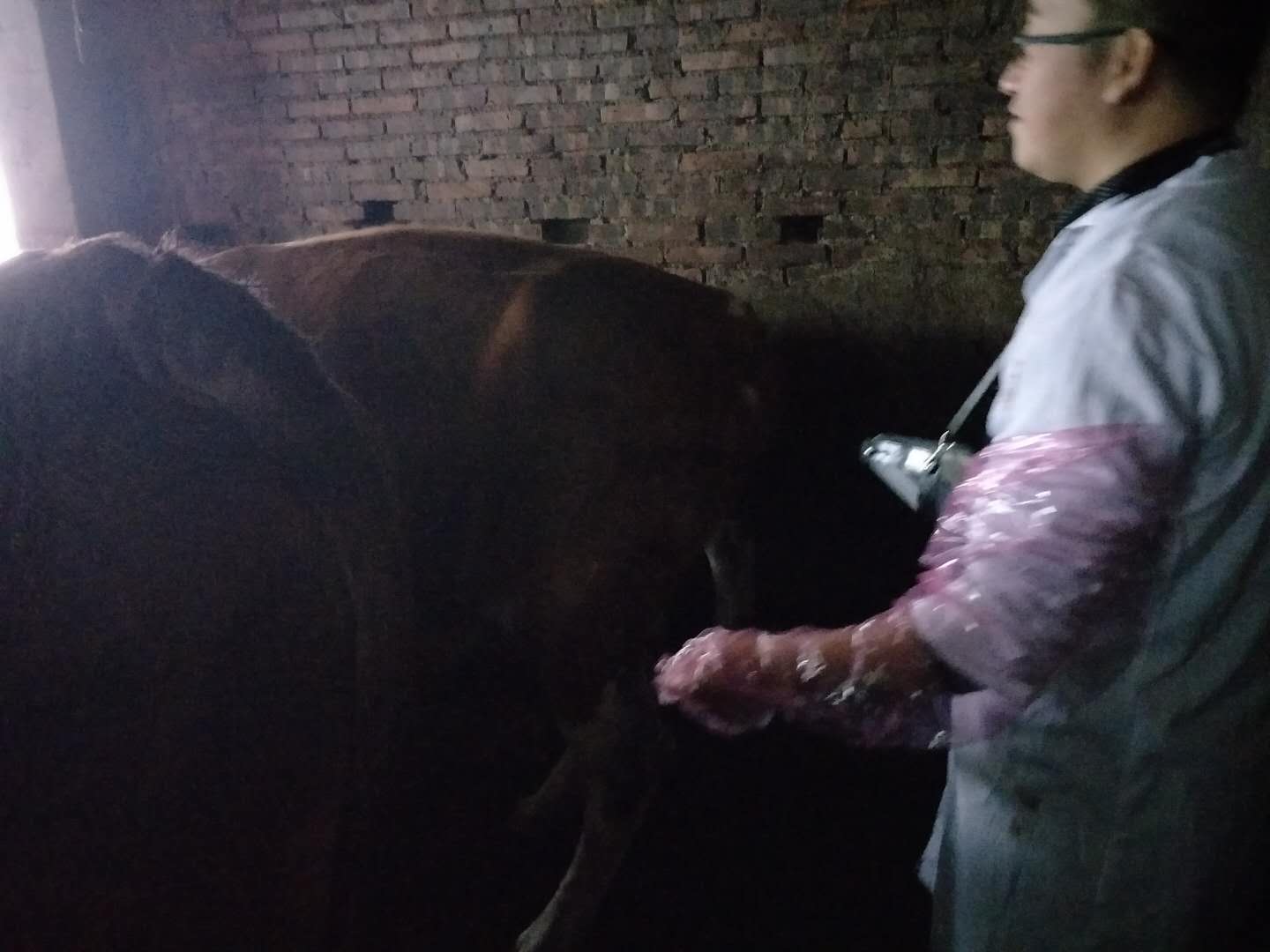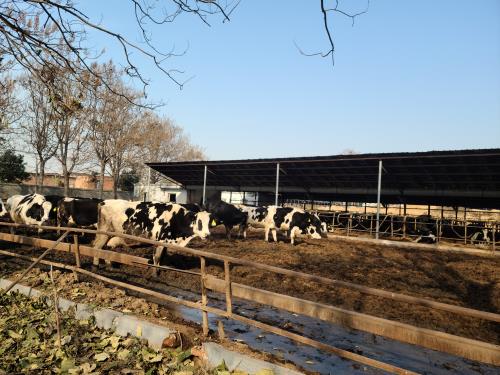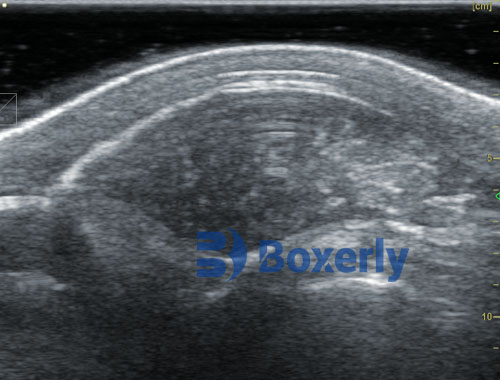Determining pregnancy in cattle is crucial for managing herd fertility and ensuring optimal livestock production. Traditional methods often involve manual palpation or invasive techniques, which can be stressful for both the cow and the handler. However, advancements in veterinary science have introduced non-invasive diagnostic procedures that offer a safer, more efficient way to confirm pregnancy in cows. These modern methods not only reduce animal stress but also provide highly accurate results, making them invaluable for dairy and beef farmers alike.

Why Early Pregnancy Detection in Cattle Matters
Early detection of pregnancy in cattle is vital for several reasons:
- Improved reproductive efficiency: Knowing whether a cow is pregnant early allows for better management of breeding schedules, reducing open days (days when the cow is not pregnant).
- Better herd management: Accurate pregnancy diagnosis helps farmers make informed decisions about culling, nutrition, and overall herd health.
- Cost savings: Non-pregnant cows can be re-bred sooner, which helps reduce feed and maintenance costs.
- Health monitoring: Monitoring a cow’s pregnancy status can also help detect health issues that may affect reproductive performance.
Non-Invasive Diagnostic Procedures for Pregnancy Detection in Cows
Here are some of the most widely used non-invasive diagnostic methods for pregnancy determination in cows:
1. Ultrasound Scanning
Ultrasound is one of the most reliable and widely used non-invasive methods for determining if a cow is pregnant. This procedure involves using a portable ultrasound machine that allows veterinarians or trained professionals to visualize the reproductive organs and fetus.
Benefits:
- Accuracy: Ultrasound can detect pregnancy as early as 28 days after conception.
- Visual Confirmation: It provides real-time images of the fetus, confirming both the presence of a pregnancy and its viability.
- Non-Invasive: It does not require physical entry into the cow’s body, causing minimal stress.
Limitations:
- Requires skilled personnel to operate the machine and interpret results.
- Equipment can be costly for small farms.
2. Blood-Based Pregnancy Tests
Blood-based tests, specifically those that measure pregnancy-associated glycoproteins (PAGs), are another effective non-invasive method. These tests require a simple blood sample, which is analyzed to detect the presence of specific proteins that indicate pregnancy.
Benefits:
- Convenient and Easy: Requires only a small blood sample from the cow.
- Early Detection: Can be conducted as early as 28 days post-breeding.
- Highly Accurate: These tests are generally 95-99% accurate.
Limitations:
- Lab Analysis: Blood samples need to be sent to a laboratory for analysis, which can delay results.
- Cost: Testing multiple cows can become expensive, especially for larger herds.
3. Milk-Based Pregnancy Tests
Milk-based pregnancy tests are a recent advancement that offers a quick and convenient way to check for pregnancy through milk samples. Similar to blood-based tests, these tests detect pregnancy-associated proteins present in the cow's milk.
Benefits:
- Non-Invasive: Requires only a milk sample, eliminating the need for blood draws or physical exams.
- Easy to Use: Farmers can collect samples themselves, reducing the need for a veterinarian visit.
- Highly Accurate: Like blood tests, milk-based tests are highly reliable, with accuracy rates above 95%.
Limitations:
- Sample Timing: Accuracy is highest when milk is collected 35 days post-breeding.
- Lab Processing: Milk samples typically need to be sent to a lab for processing, resulting in a short delay in getting results.
4. Behavioral Monitoring and Activity Trackers
Technology has advanced to the point where smart collars or activity monitors can be used to predict pregnancy. These devices track changes in the cow’s movement patterns, feeding behavior, and body temperature, which may indicate pregnancy or estrus.
Benefits:
- Continuous Monitoring: These trackers provide real-time data on a cow’s reproductive health.
- Non-Invasive: No physical tests or samples are required.
- Improves Breeding Efficiency: By monitoring estrus cycles, farmers can better time artificial insemination.
Limitations:
- Indirect Detection: These devices do not directly confirm pregnancy but rather monitor indicators related to reproductive health.
- Cost: The initial investment in activity monitoring equipment can be high.
Conclusion
Non-invasive diagnostic procedures for detecting pregnancy in cows are transforming livestock management, providing more efficient, accurate, and less stressful ways to manage breeding programs. Whether through ultrasound, blood or milk testing, or behavioral monitoring, these methods help ensure healthier herds and better reproductive outcomes for farmers. The choice of method depends on farm size, budget, and the desired speed of results, but all offer significant advantages over traditional, more invasive techniques.
By adopting these non-invasive technologies, farmers can enhance their herd management practices, reduce stress on animals, and optimize productivity.








